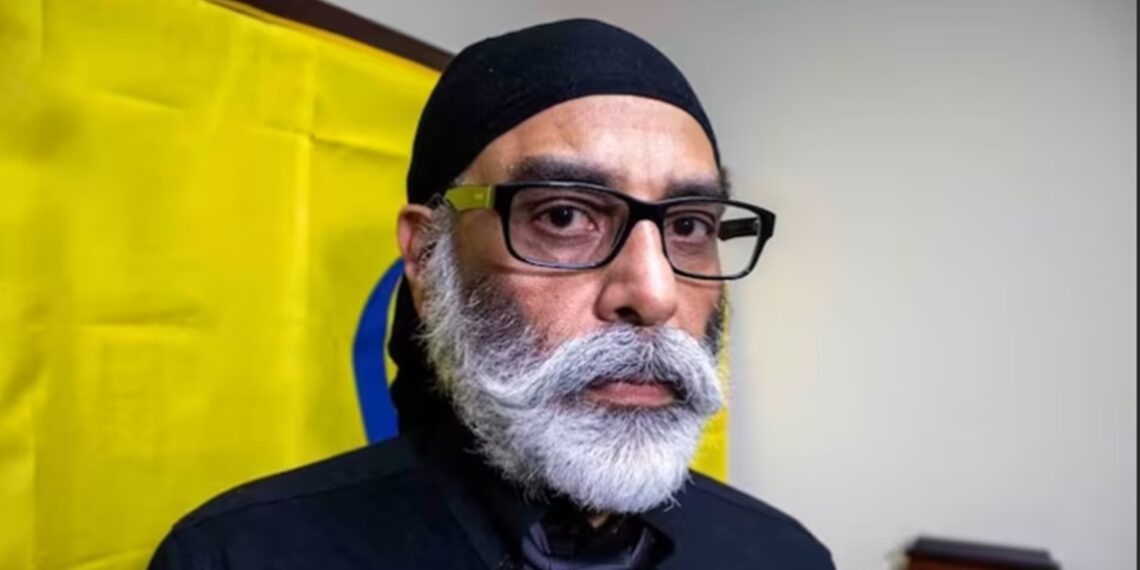There is now little doubt that the killing of Sikh extremist leader Hardeep Singh Nijjar in Surrey, Vancouver, in June this year and the failed attempt on the life of another alleged Khalistani ideologue, Gurpatwant Singh Pannun, in New York City the same month were covert operations by the Indian security establishment.
Both “hits” may be termed abject failures since they did not stand the test of “plausible deniability”.
Indian security experts who have operated in as hostile a territory as Pakistan bemoaned the lack of adequate planning, including taking care to build layers in each of the two operations that could form solid bases of plausible deniability.
The Nijjar-Pannun cases are covert action for the simple reason that they are otherwise prohibited by law if not executive directive.
Both the Intelligence Bureau (IB) and the Research and Analysis Wing (RAW) have had murky histories of being mixed up in ‘black ops’ which were put to ruthless use in some of India’s insurgency-ridden states and on special occasions beyond the country’s borders.
But RAW’s relationship with covert action, including political assassinations targeting specific individuals known to be inimical to India’s interests, has been self-delusional and erratic.

In other words – and by definition – covert action in foreign lands has been employed in select cases with varying degrees of success and failure.
In the both the Nijjar and Pannun cases, internal inquiries into the failures – a full examination of what went wrong and led to the discovery of the plots by Western intelligence agencies – is underway.
However, Indian intelligence and security experts revealed that one of the main reasons for the failures in the Nijjar and Pannun cases was “foundational” – the choice of case officers and their lack of maintaining operational finesse.
The two operations were doomed to fail as they were executed “too close to each other” – both were launched, one in Vancouver and the other in New York City, in May and the shootings occurred in June.
Indeed, sources said that the “recruitment” of junior-level officers from the paramilitary forces such as the Central Reserve Police Force (CRPF), Central Industrial Security Force (CISF) and the Border Security Force (BSF) into RAW is one of the principle reasons behind “lack of operational finesse and deniability”.
The decision to recruit relatively junior level officers – in the rank of assistant commandants in their original parent organisations – was taken in 2012.
“On hindsight it seems to have been a poor decision to say the least,” said a former security official with several years of experience in covert action in difficult geographies.
A US court document accessed by Northeast News begins with the mention of “CC-1” (co-conspirator), an “identified Indian government employee” who, working together with others in India and elsewhere, including NIKHIL GUPTA, a/k/a “Nick,” the defendant (“GUPTA”), directed a plot to assassinate, on U.S. soil, an attorney and political activist, who is a U.S. citizen of lndian origin residing in New York City (the “Victim”).
There is no doubt that the “Victim” in this case was meant to be Pannun.
The document further says that “CC-1 has variously described being employed by the Indian government as a ‘Senior Field Officer’ with responsibilities in ‘Security Management’ and ‘Intelligence’. CC-1 also has referenced previously serving in India’s Central Reserve Police Force, and receiving ‘officer training’ in ‘battle craft’ and ‘weapons’. CC-1 was employed at all times relevant to this Indictment by the Indian government, resides in India, and directed the assassination plot from India”.
An SFO in RAW isn’t high-ranking enough. If some of the messages that the US court documents have reproduced in Gupta’s indictment are to be believed, “CC-1” appeared to be directing the former to proceed in accordance with the plan.
It is almost certain that “CC-1” isn’t senior enough in the organisation to order a “hit job” on foreign soil and is not in any position of authority to take decisions on payment. These decisions are taken at much higher levels and the fact that an “SFO” was tasked to converse with Gupta served the purpose of keeping senior officials involved in the operation in the shadows.
However, what is certain is that the Nijjar and Pannun operations were planned when Samant Goel headed RAW.
Goel took charge as secretary (R) on June 29, 2019 and, after several extensions in service, finally retired on June 30, 2023.
In the event of an in-house inquiry, Goel will certainly be answerable as will be other officers who were directly involved in the operation.
It is not known whether Ravi Sinha, who succeeded Goel, is in anyway culpable or was at all involved in the operational planning and execution. It is not unlikely that Sinha was in the know – by virtue of the application of the need-to-know principle – but it is equally likely that he had no direct knowledge of the plan.
An excerpt from the US court document is instructive in more ways than one. It says, “On or about June 18, 2023, masked gunmen murdered Hardeep Singh Nijjar outside a Sikh temple in British Columbia, Canada. Nijjar was an associate of the Victim, and like the Victim, was a leader of the Sikh separatist movement and an outspoken critic of the Indian government.
Later that evening, just hours after the Nijjar mlll·der, CC-1 sent Gupta a video clip that showed Nijjar’s bloody body slumped in his vehicle; about an hour later, CC-1 sent Gupta the street address of the Victim’s residence in New York City.
On or about June 19, 2023, the day after the Nijjar murder, Gupta told the UC that Nijjar ‘was also the target’ and ‘we have so many targets’. GUPTA added that, in light of Nijjar’s murder, there was ‘now no need to wait’ on killing the Victim. On or about June 20, 2023, CC-1 sent GUPTA a news article about the Victim and messaged GUPTA, ‘[i]t’s [a] priority now.”
Clearly, there was a high degree of impatience and urgency to finish the “job” even as Goel’s tenure was drawing to a close. Towards the third week of June 2023, the US court documents indicate, there were numerous exchange of messages and phone calls between Gupta and CC-1.
These messages and phone calls indicate a plan to kill the “Victim” inside his New York City residence or office.
But the plan to execute Pannun – the “Victim” – stalled on June 30, 2023, when “Gupta traveled from India to the Czech Republic” where he was arrested by “Czech law enforcement authorities at the request of the United States, in connection with his participation in the plot to assassinate the Victim”. June 30 was also Goel’s last day in office.















